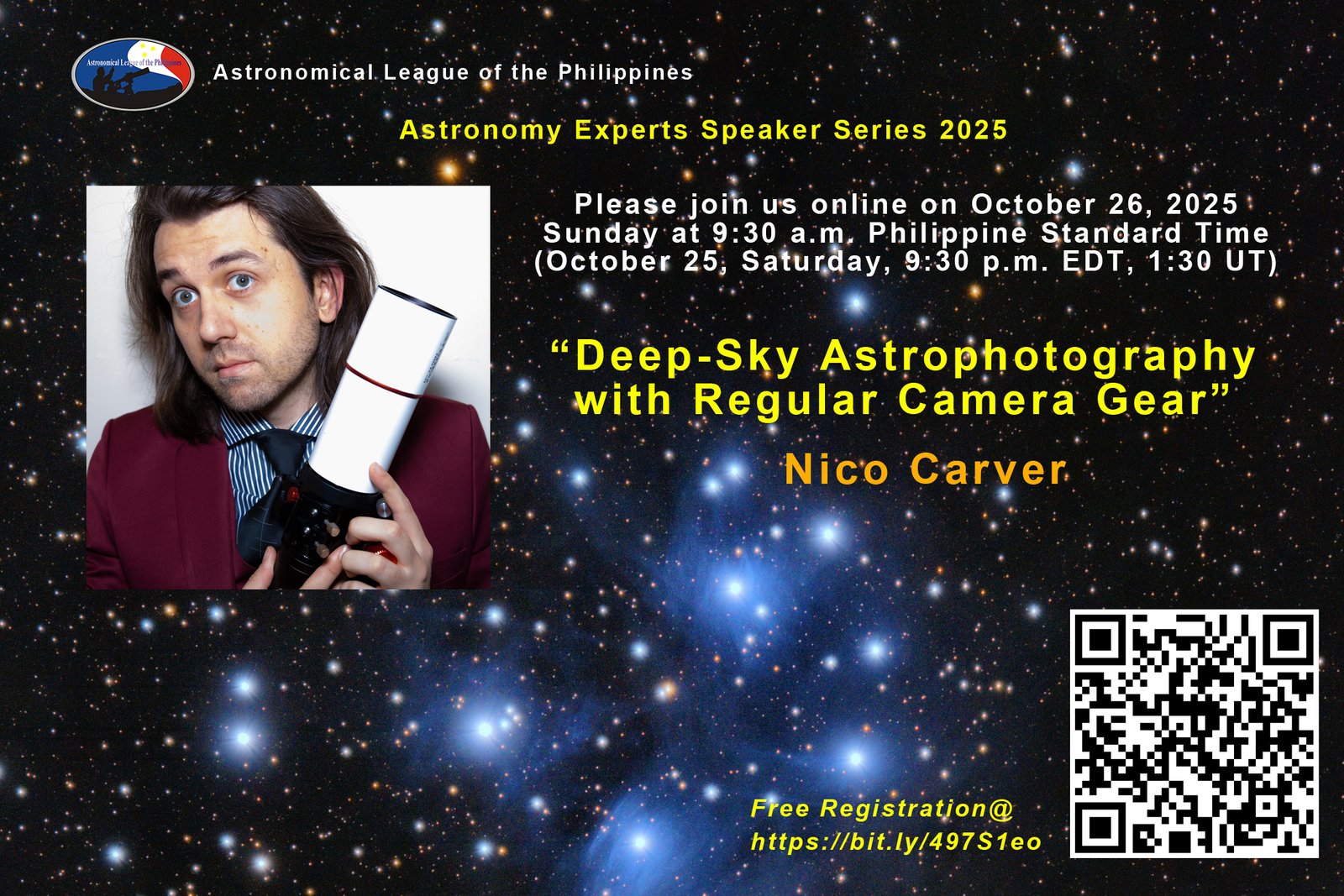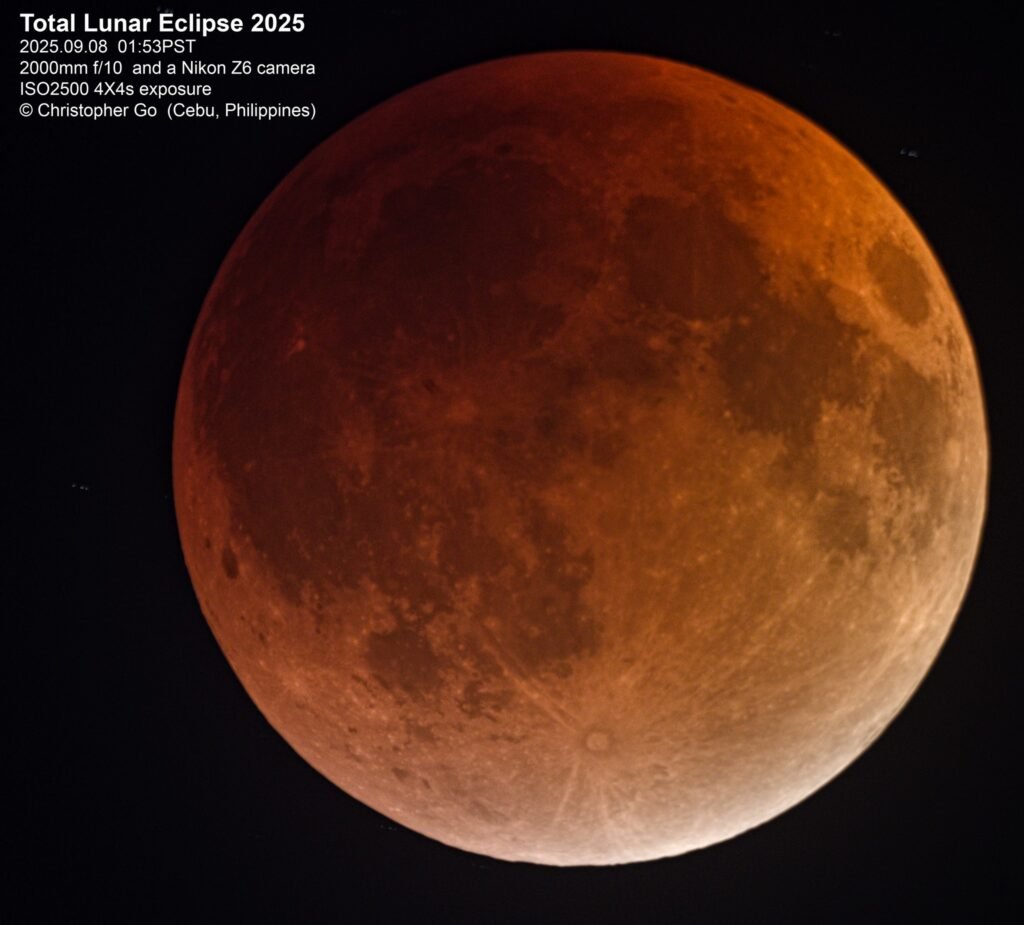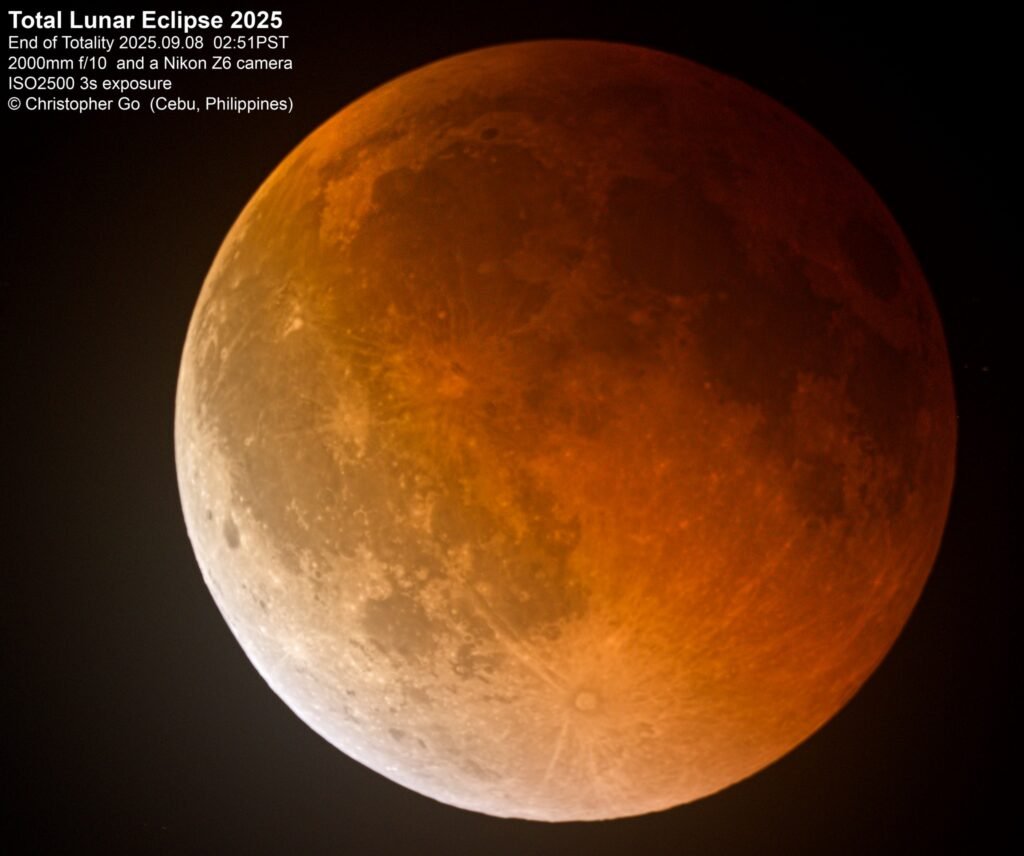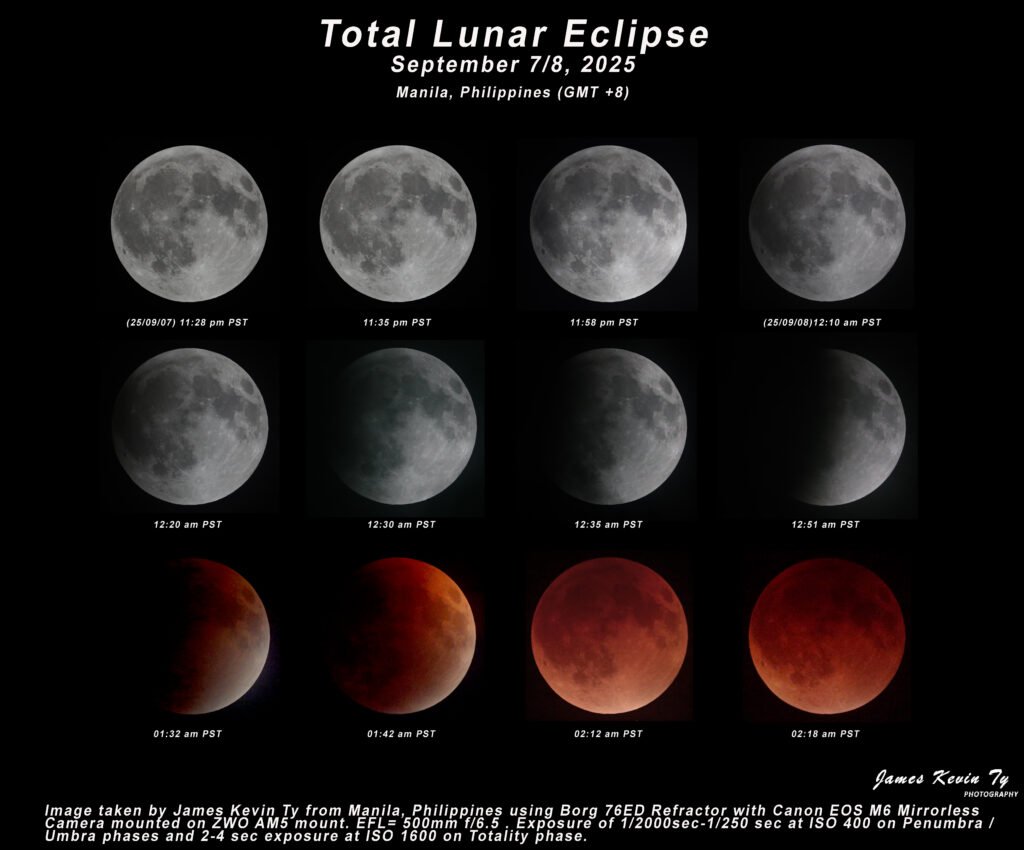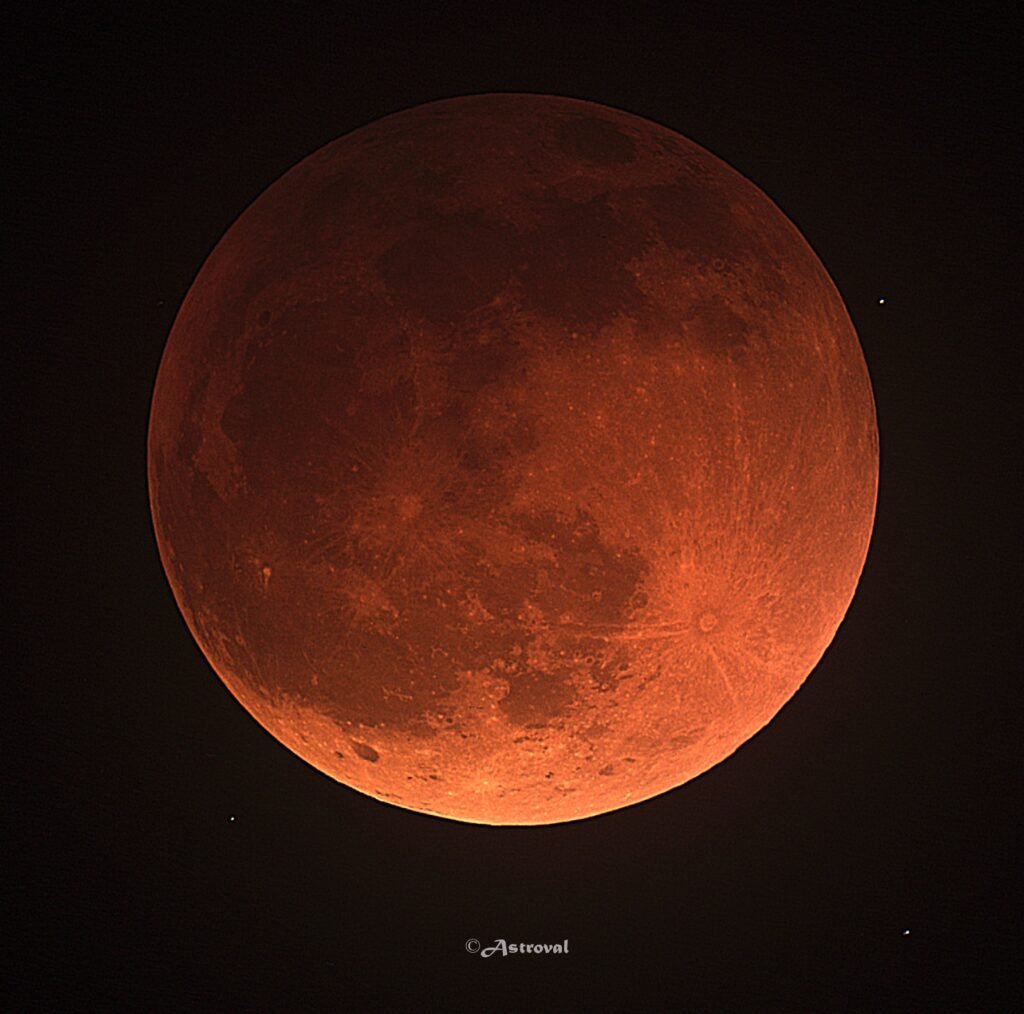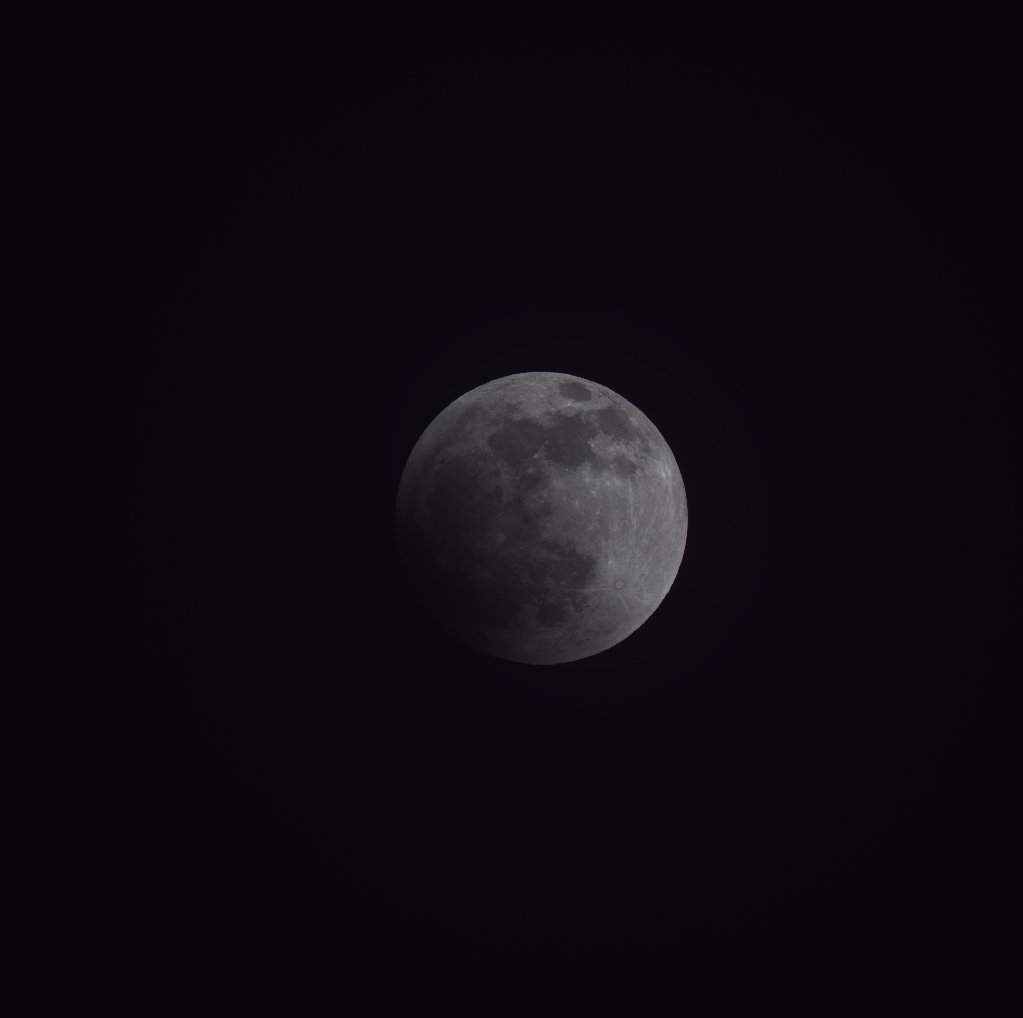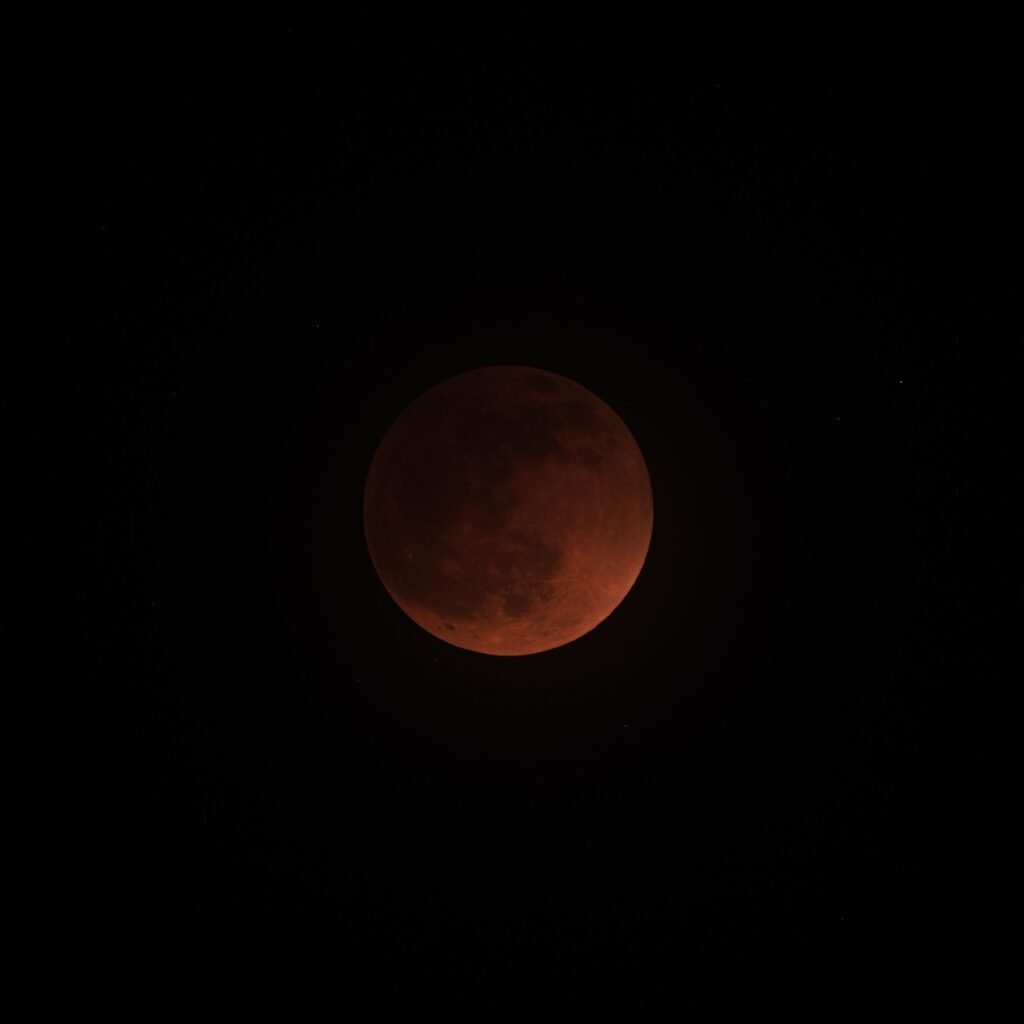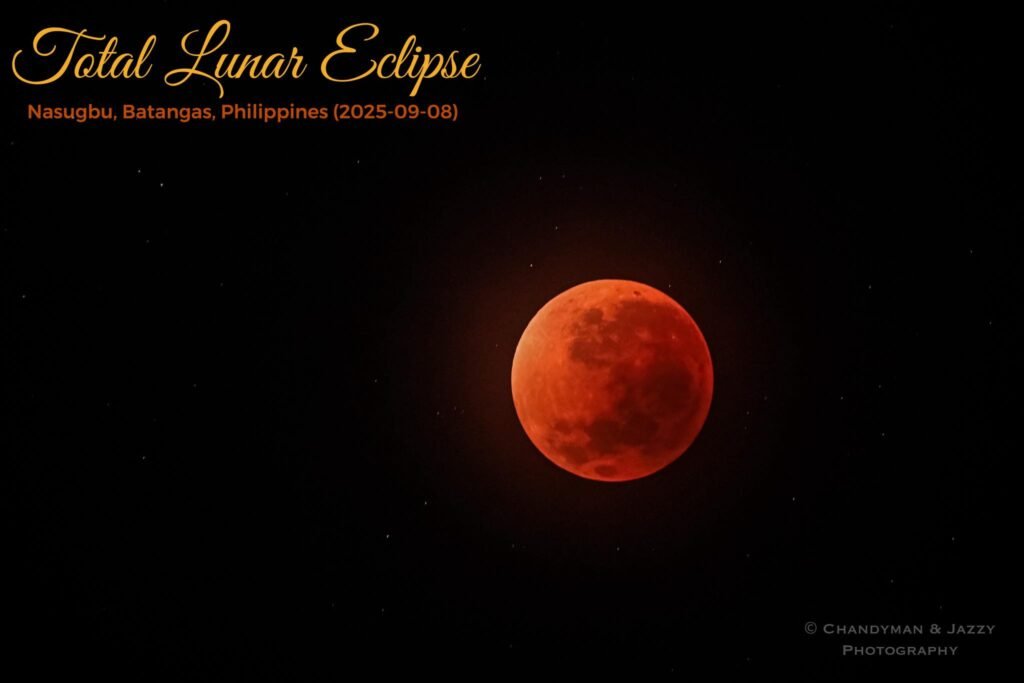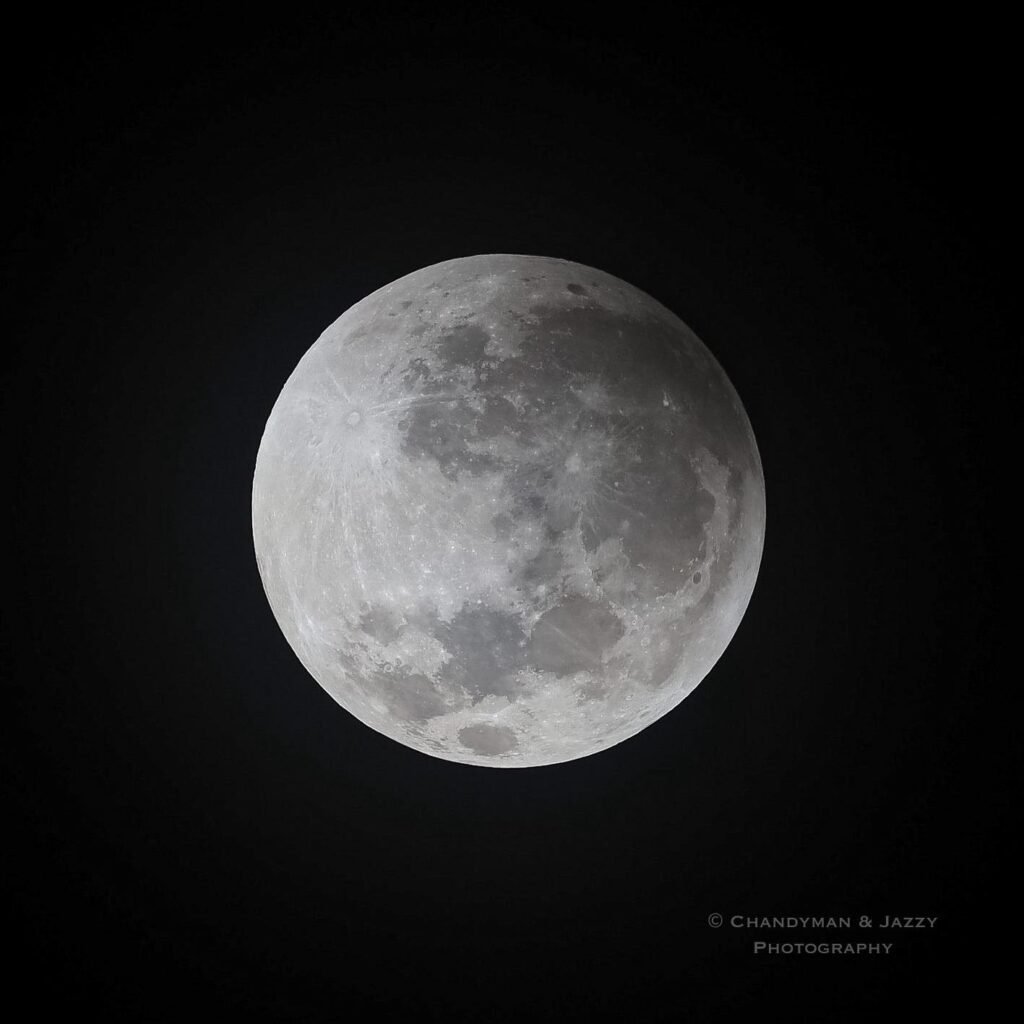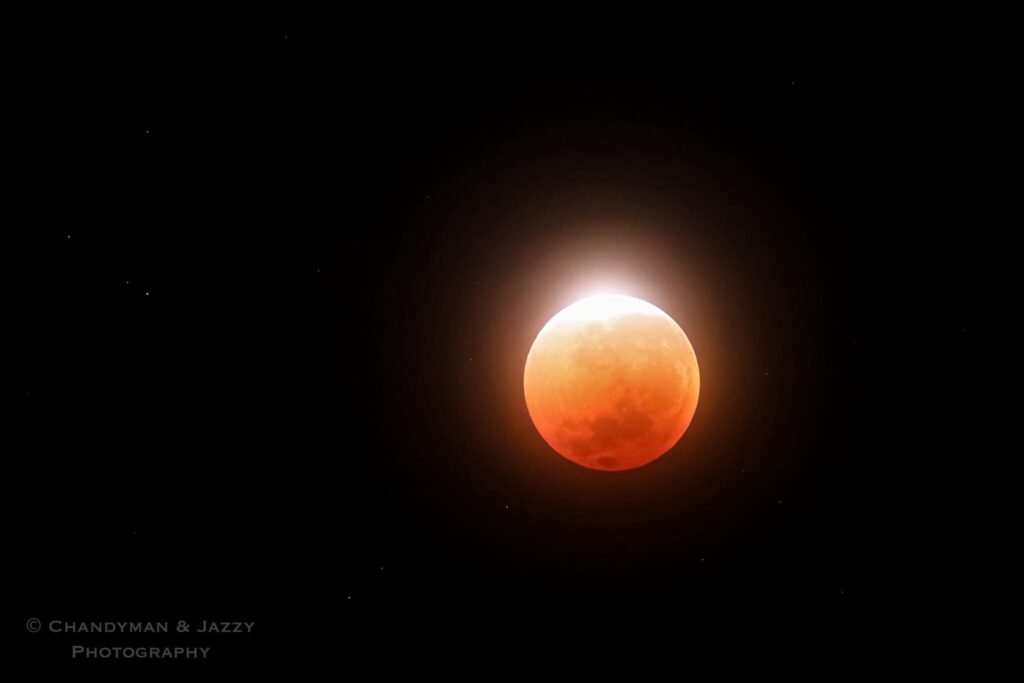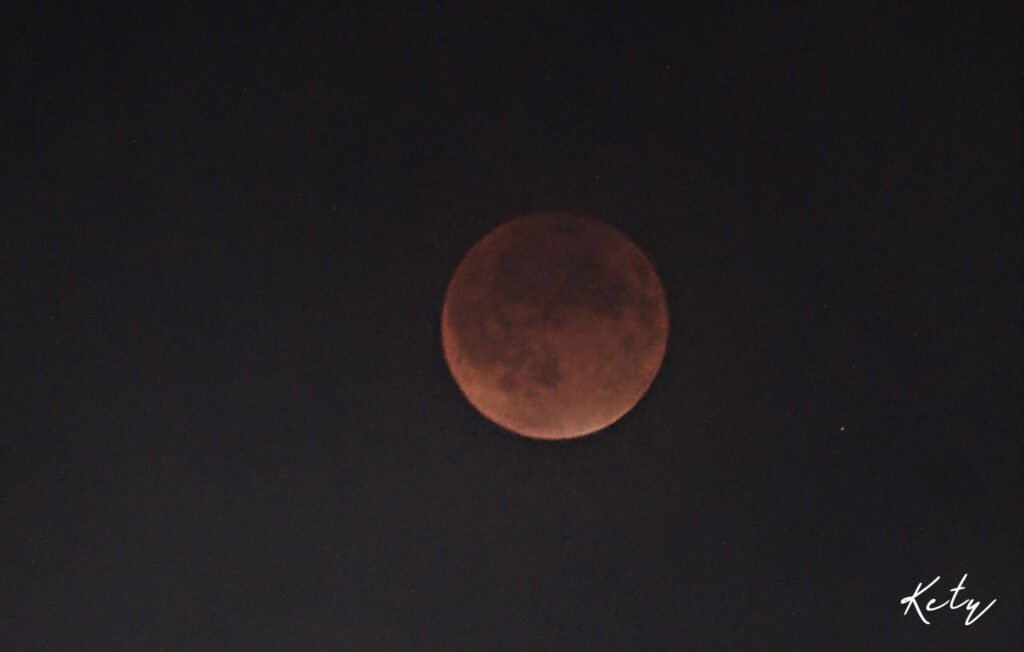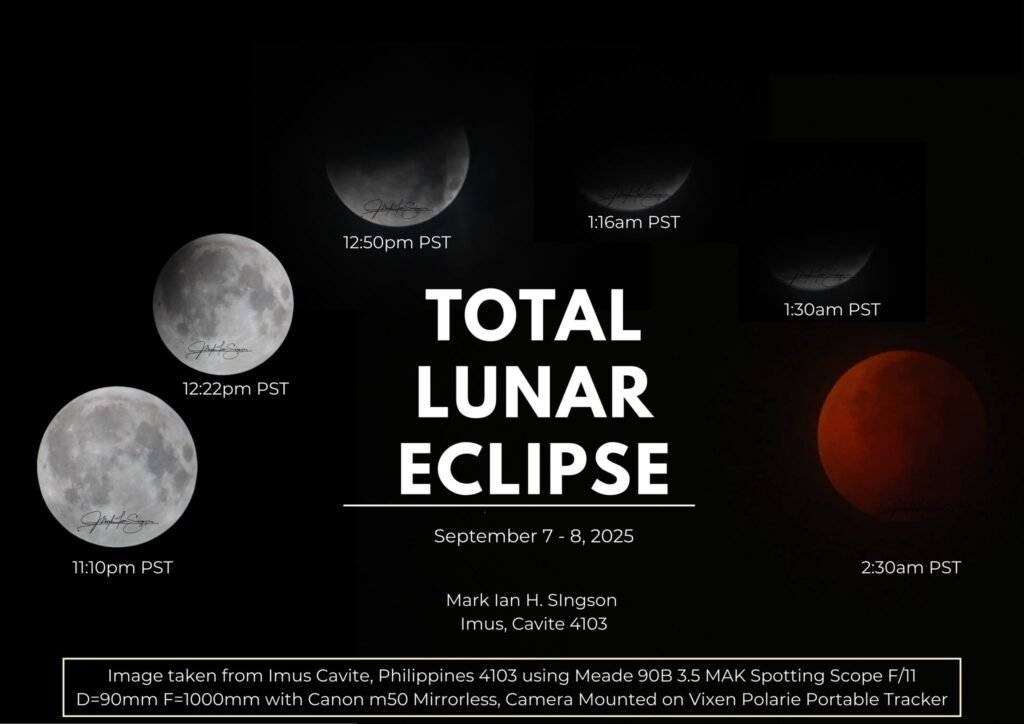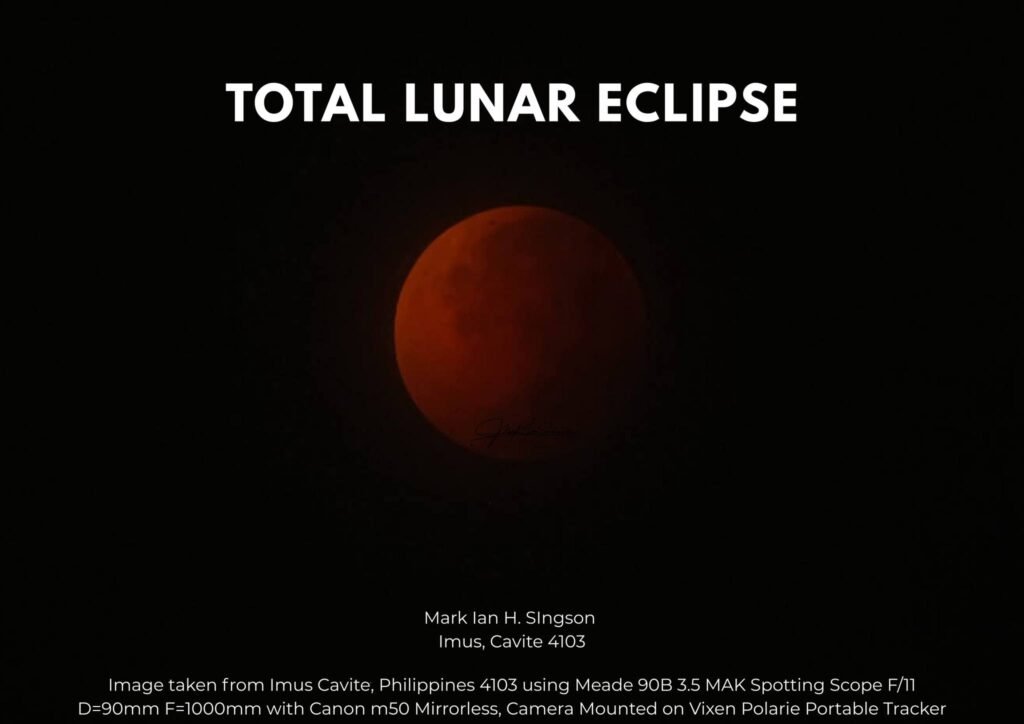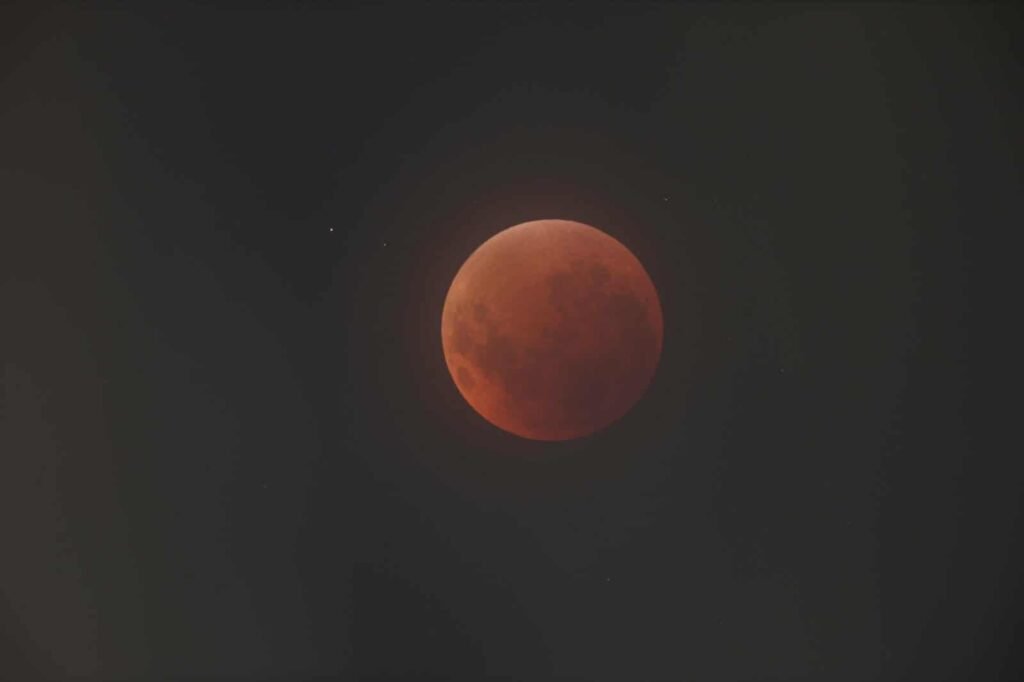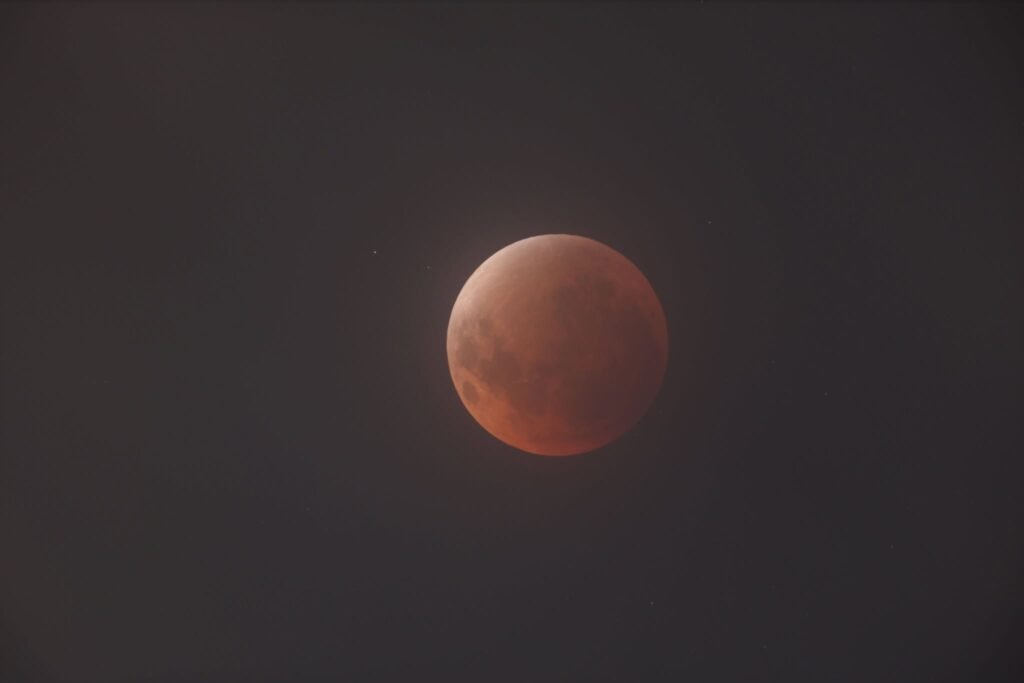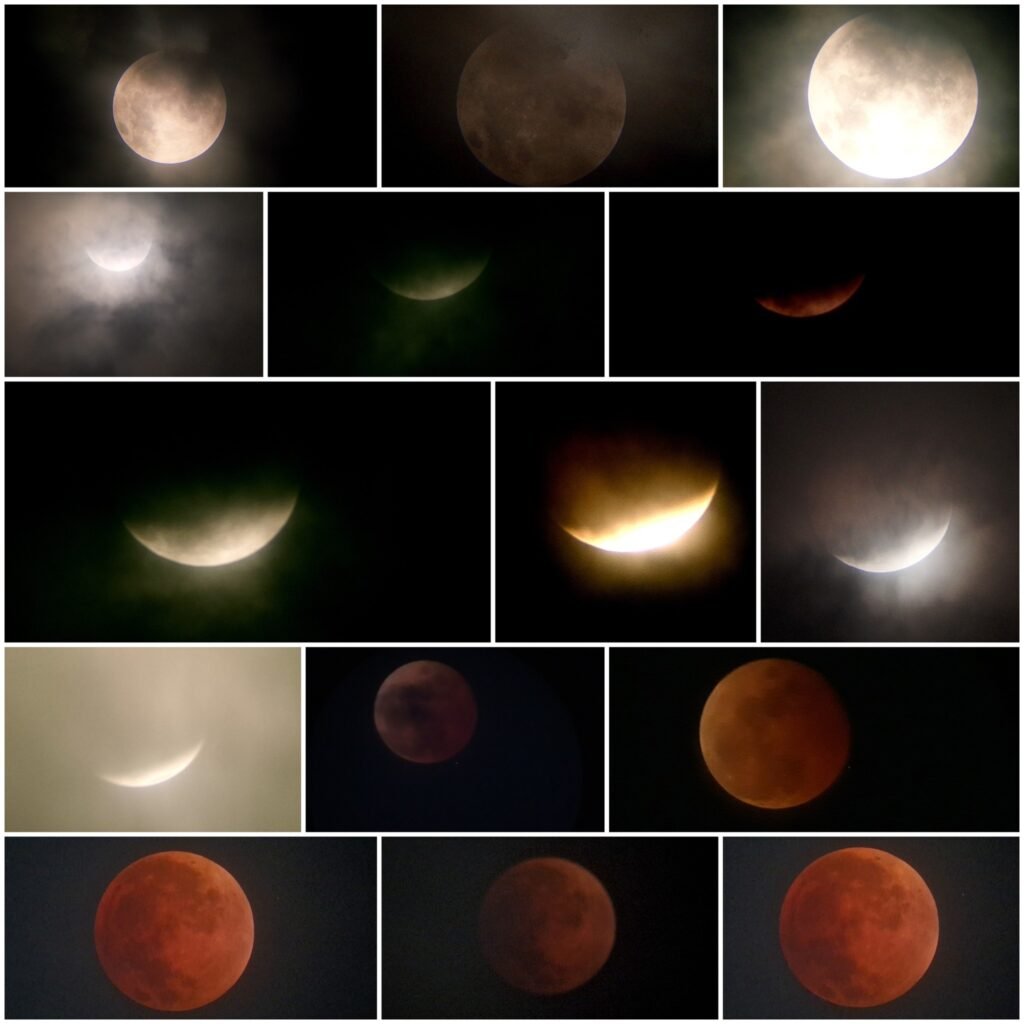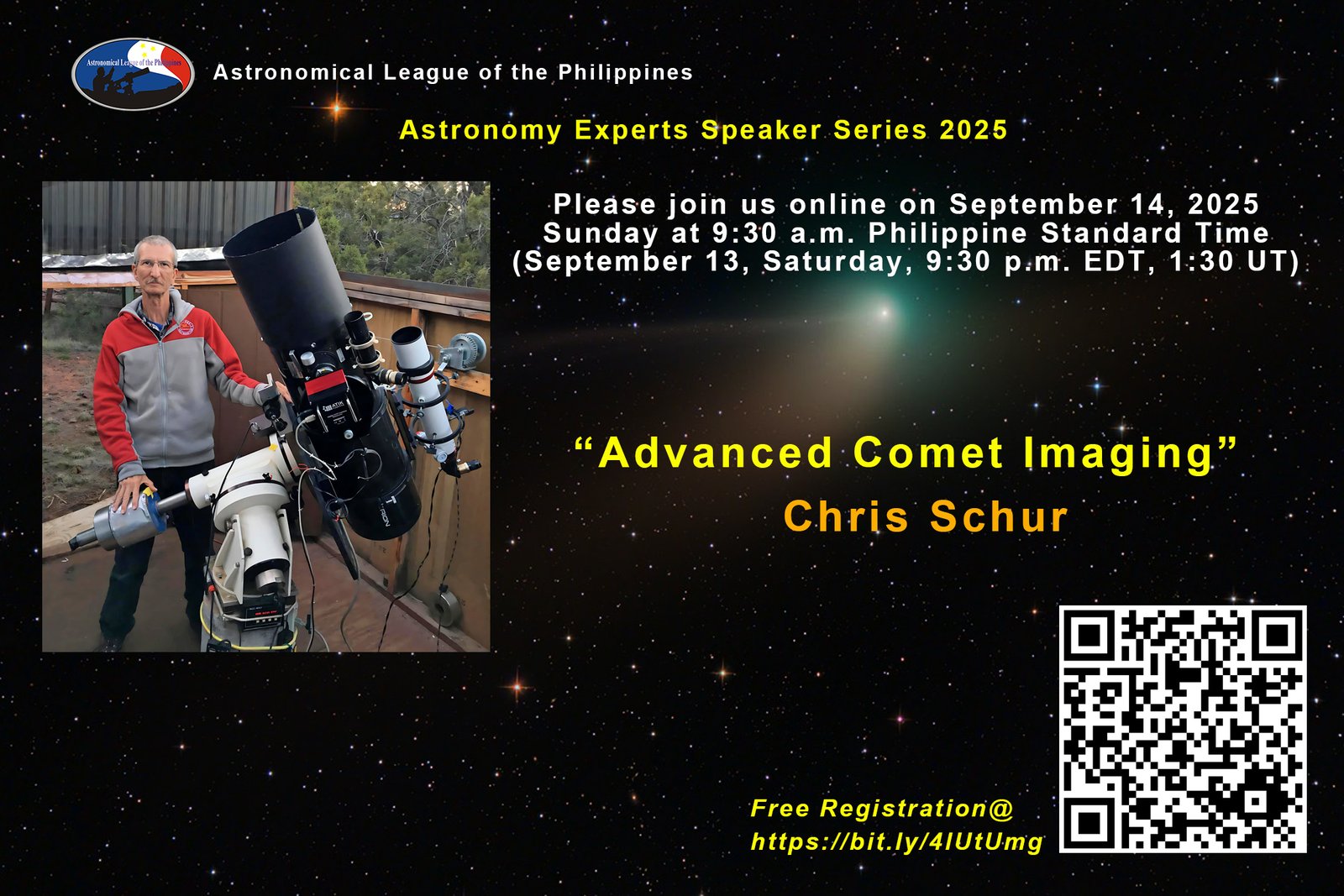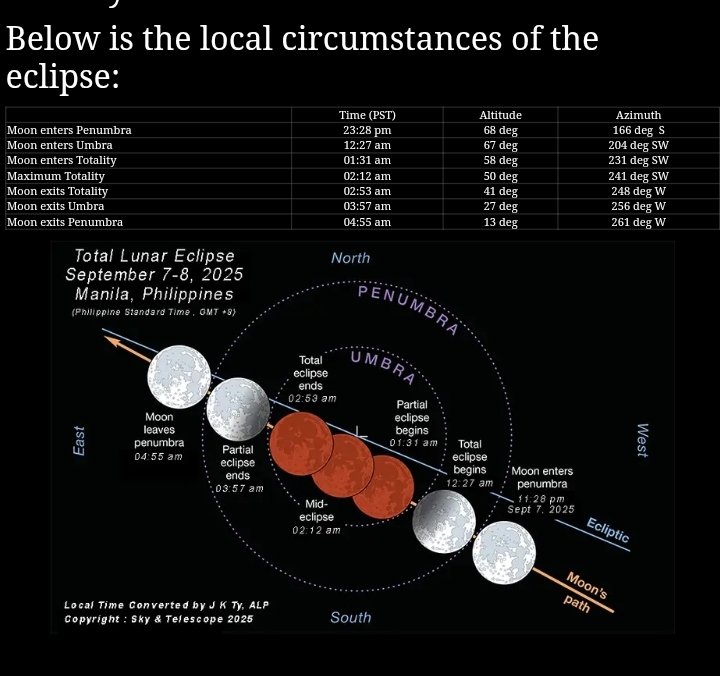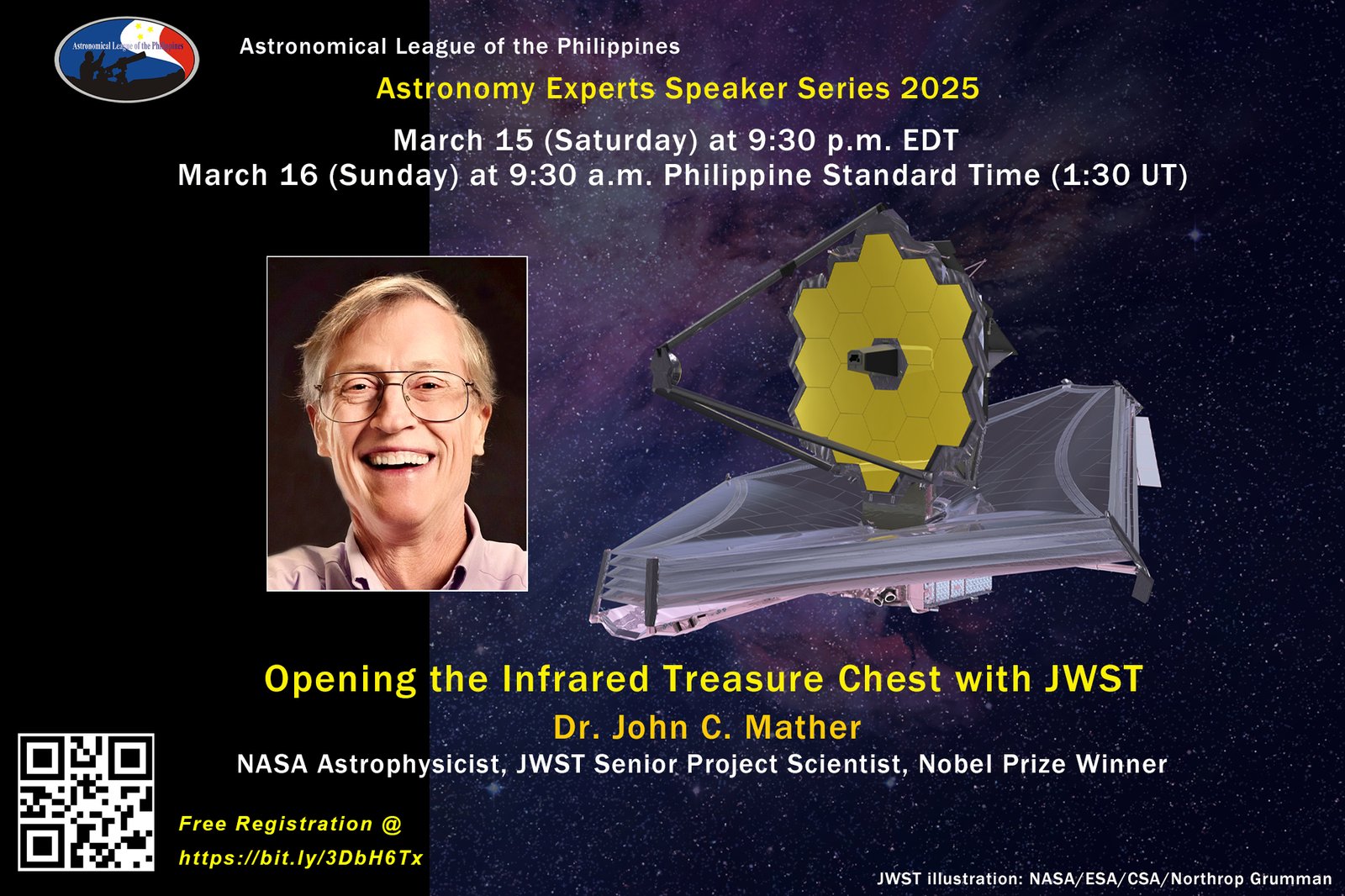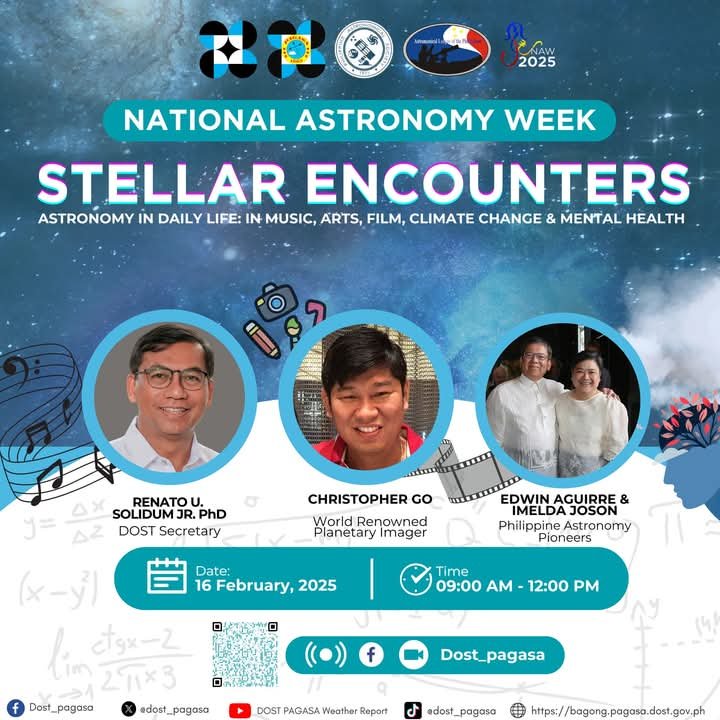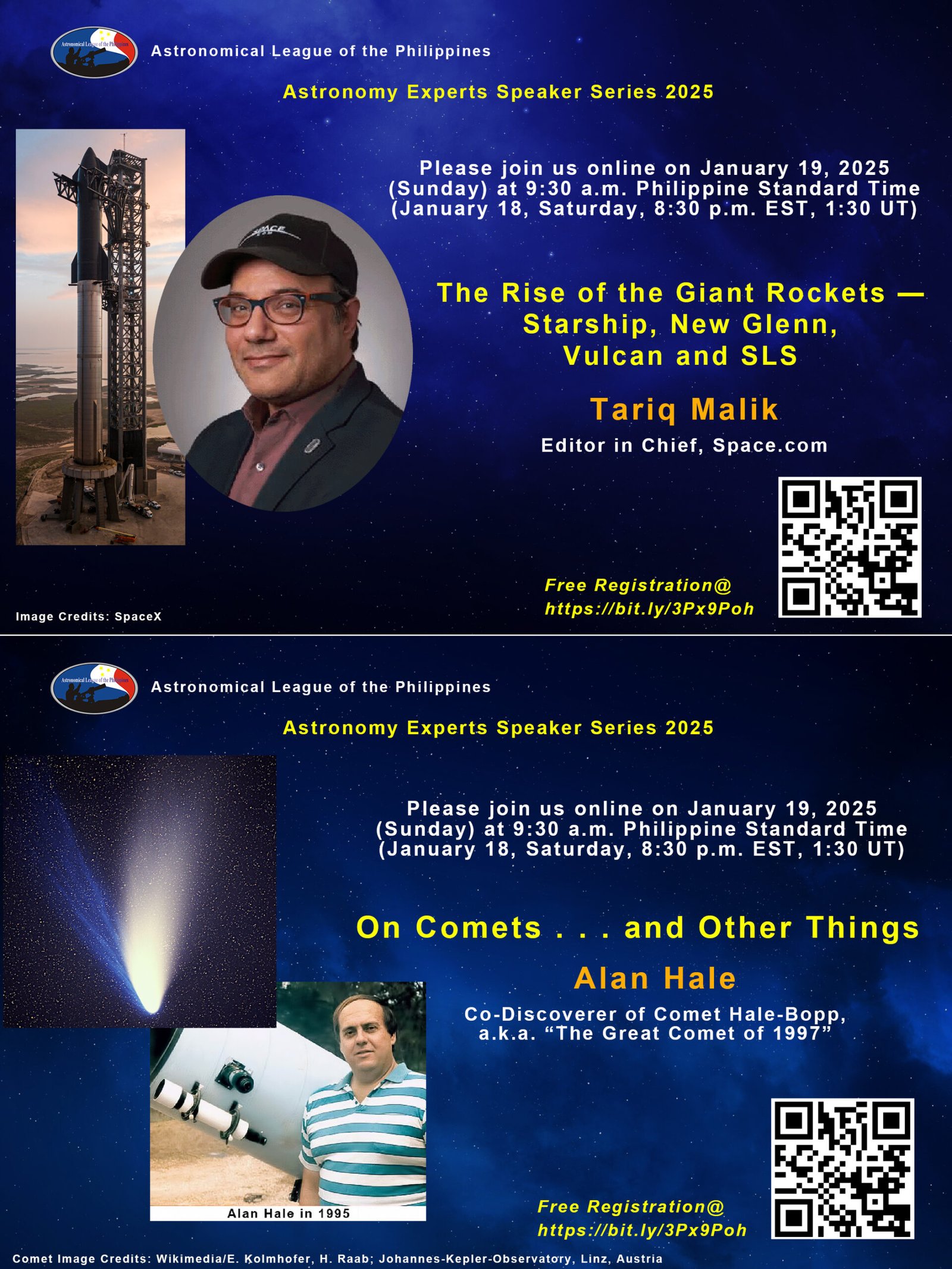Next Sunday morning, November 23, 2025 at 9:30 a.m. Philippine Standard Time (November 22, Saturday, 8:30 p.m. EST), the Astronomical League of the Philippines is inviting everyone for a webinar on “How to Shoot Nightscapes and Time Lapses Simply”, to be given by the noted astronomy author and astrophotographer, Mr. Alan Dyer.
Astrophotography need not involve complex, expensive telescopes and specialized cameras. Superb images worthy of publication in calendars and magazines are possible with the camera gear you might already own, and by using easy, simple techniques at the camera. Alan will review these techniques for capturing still images of star-filled nightscapes and Milky Way portraits, as well as for creating time lapses of the Milky Way’s motion across the sky.
Alan Dyer is a renowned astronomy book author, astrophotographer, and lecturer based in Alberta, Canada. He is also a Contributing Editor to Sky & Telescope magazine, and a veteran eclipse chaser, having traveled around the world to see 17 total solar eclipses.
Alan’s photos and videos have been featured on Spaceweather.com, Astronomy Picture of the Day (APOD), Universe Today, Forbes, National Geographic, TIME, NBC News, and CBS News.
He is a retired planetarium producer, having created shows for many years for star theaters in Winnipeg, Edmonton, and Calgary, Canada.
In 2018, the Canadian postal service issued a stamp featuring one of his aurora images.
The International Astronomical Union (IAU) has named the Main Belt asteroid 2002 QL58 as 78434 Dyer in his honor.
You can see Alan’s spectacular galleries of astrophotos and time-lapse videos, as well as his books, workshops/talks, equipment reviews/tips, blogs, and travels at amazingsky.com. You can also follow him on X, Facebook, Flickr, YouTube, and Vimeo.
Register now for this free Zoom online talk using this link –
or by scanning the QR code below

using your cellphone camera.
After registration, please check your registered e-mail for the Zoom meeting link. See you!


